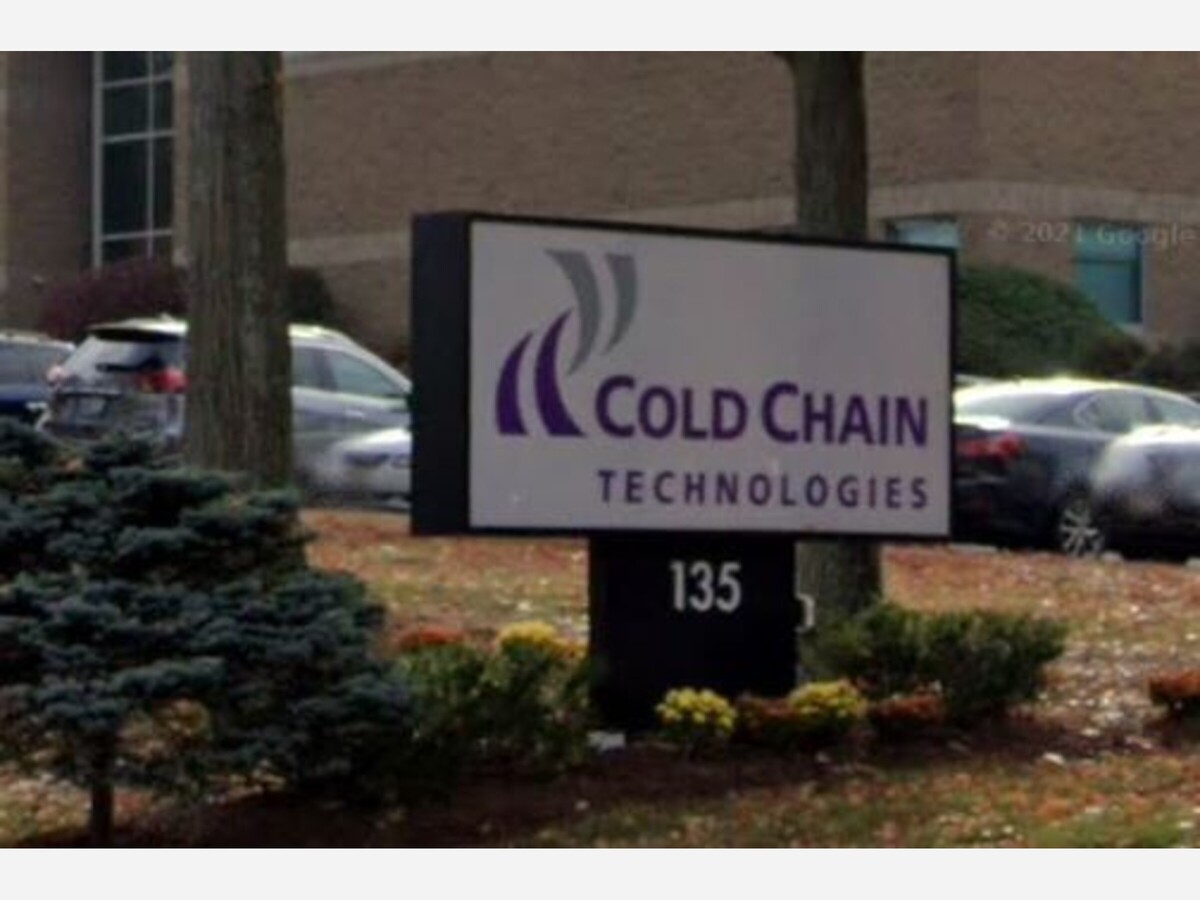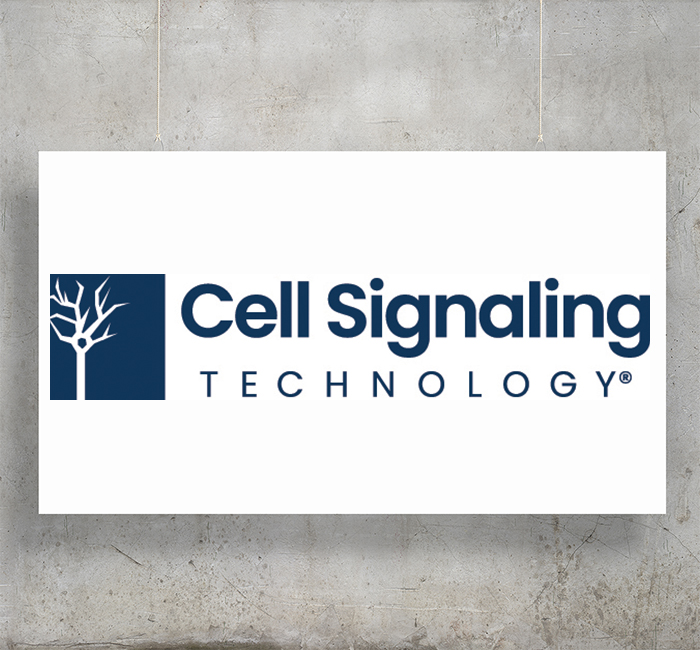SPD Technologies: Protecting Electronics from Surges
SPD technologies, or surge protective devices, are essential components in modern electronics and power systems, safeguarding sensitive equipment from damaging voltage spikes and surges. These devices, often unseen but critical, […]

SPD technologies, or surge protective devices, are essential components in modern electronics and power systems, safeguarding sensitive equipment from damaging voltage spikes and surges. These devices, often unseen but critical, play a vital role in ensuring the reliable operation of everything from household appliances to industrial machinery.
The history of SPD technologies dates back to the early days of electrical engineering, with early surge protection methods evolving over time to meet the demands of increasingly complex and sensitive electronic systems. Today, SPD technologies utilize a range of advanced materials and designs, offering sophisticated protection against a wide spectrum of surge events.
Introduction to SPD Technologies
SPD technologies, also known as surge protective devices, are crucial components in electrical systems designed to safeguard sensitive equipment from the damaging effects of transient overvoltages. These devices act as safety valves, diverting excess voltage away from protected circuits, ensuring the integrity and longevity of valuable electronics.
History and Evolution of SPD Technologies
SPD technologies have evolved significantly over time, driven by the increasing reliance on sensitive electronics and the growing prevalence of transient overvoltages. Early SPDs were rudimentary devices primarily focused on protecting against lightning strikes. However, with the advancement of technology and the proliferation of electronic devices, the need for more sophisticated SPDs became evident.
- Early SPDs: These were typically simple devices, such as spark gaps or fuses, designed to protect against direct lightning strikes. They were often bulky and inefficient, offering limited protection against a wide range of transient overvoltages.
- Modern SPDs: Modern SPDs employ advanced technologies, such as varistors, gas discharge tubes, and semiconductor devices, to provide comprehensive protection against a wide range of transient overvoltages. These devices are compact, highly efficient, and offer greater protection against a wider spectrum of transient events.
Significance of SPD Technologies in Modern Electronics and Power Systems
SPD technologies play a vital role in modern electronics and power systems, safeguarding against the detrimental effects of transient overvoltages. These overvoltages can originate from various sources, including lightning strikes, power grid switching operations, and electromagnetic interference (EMI).
- Protection of Sensitive Equipment: SPDs are essential for protecting sensitive electronic equipment, such as computers, servers, and medical devices, from damage caused by transient overvoltages. By diverting excess voltage, SPDs prevent malfunctions, data loss, and costly repairs.
- Ensuring System Reliability: SPDs enhance the reliability of power systems by preventing outages and disruptions caused by transient overvoltages. They help maintain a stable power supply, ensuring the uninterrupted operation of critical equipment and processes.
- Safety of Personnel: SPDs contribute to the safety of personnel by preventing electrical hazards associated with transient overvoltages. They help minimize the risk of electric shocks, fires, and other accidents.
Working Principles of SPD Technologies
Surge protective devices (SPDs) are designed to protect electrical and electronic equipment from the damaging effects of transient overvoltages, commonly known as surges. They achieve this by providing a low-impedance path to ground for surge currents, effectively diverting them away from sensitive equipment. The working principles of SPD technologies rely on various mechanisms that enable them to absorb and dissipate surge energy, effectively limiting the voltage and current that reaches protected devices.
Voltage Clamping, Spd technologies
Voltage clamping is a crucial aspect of SPD operation. SPDs are designed to maintain a specific voltage level, known as the clamping voltage, across their terminals during a surge event. When a surge occurs, the SPD’s internal components, such as varistors or spark gaps, change their electrical properties to conduct the surge current, effectively clamping the voltage at a predetermined level. This prevents the voltage from exceeding the equipment’s withstand capability, safeguarding sensitive electronics from damage.
The clamping voltage is a critical parameter for SPD selection, as it must be lower than the equipment’s withstand voltage but higher than the normal operating voltage.
Current Limiting
Alongside voltage clamping, SPDs also exhibit current-limiting capabilities. The SPD’s internal components, during a surge event, act as a resistance, limiting the surge current that flows through the protected circuit. This current-limiting feature is essential for preventing excessive current from damaging the SPD itself and the connected equipment.
The maximum surge current that an SPD can handle is known as its surge current rating, which is a critical parameter for selecting an SPD suitable for a specific application.
Energy Dissipation
SPDs are designed to absorb and dissipate the surge energy, preventing it from reaching the protected equipment. The energy dissipation mechanism varies depending on the SPD technology. For example, varistors absorb surge energy by converting it into heat, while spark gaps dissipate energy by creating a plasma channel that conducts the surge current. The energy dissipation capability of an SPD is often expressed in joules (J) or kilojoules (kJ).
The energy dissipation capacity of an SPD is directly related to its ability to handle repeated surge events. A higher energy dissipation capacity indicates a greater ability to withstand multiple surges without degradation.
Closure: Spd Technologies

In conclusion, SPD technologies represent a crucial layer of protection in today’s interconnected world, safeguarding our electronic infrastructure from the damaging effects of voltage surges. Understanding the principles, applications, and proper selection and installation of SPD devices is essential for ensuring the reliability and longevity of our electronic systems, from our homes to our workplaces and beyond.
SPD technologies, or surge protection devices, are crucial for safeguarding sensitive electronics from power surges. One important component in the construction of these devices is the use of high-quality silicone hoses, like those offered by Flex Technologies. These hoses provide excellent flexibility and resistance to heat and chemicals, ensuring reliable performance and longevity for SPDs.




